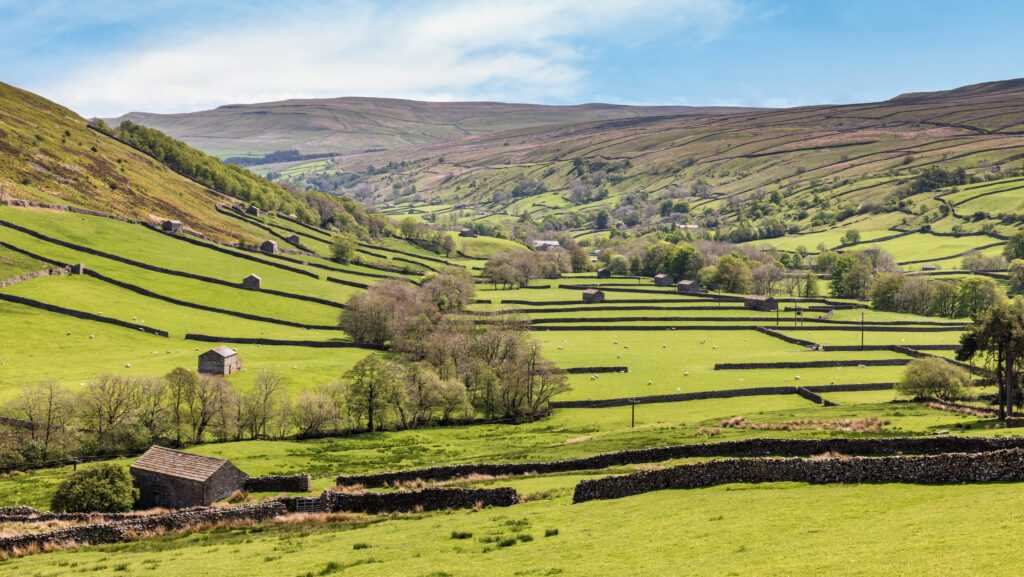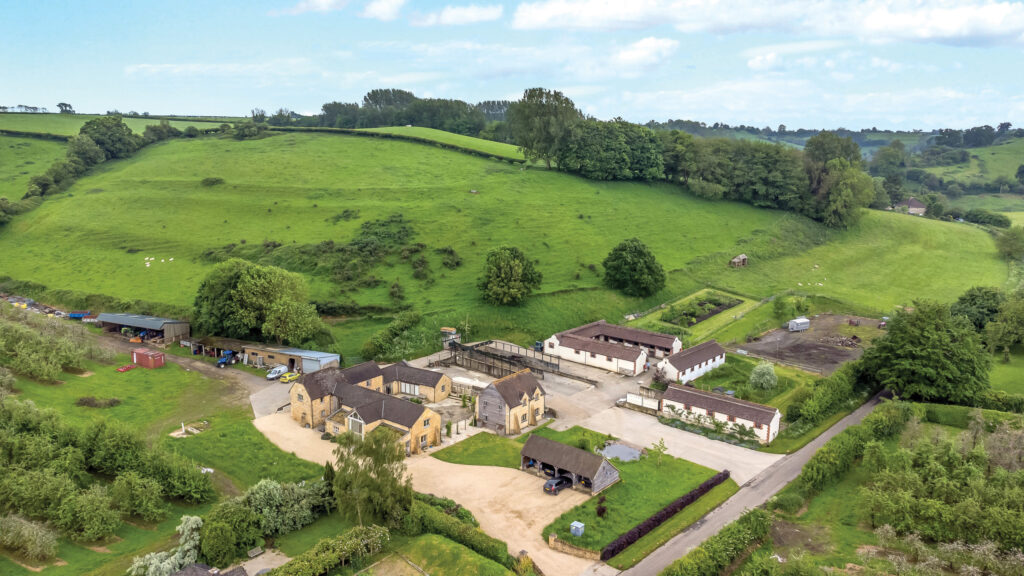Higher land supply delivers growth in a wider value range
 © Adobe Stock
© Adobe Stock The volume of farmland on the market is increasing, with the acreage offered for sale up by more than one-third in the first half of 2024 compared to the same period last year.
In all areas of Great Britain, apart from the West Midlands, a greater number of larger blocks of land have been marketed, according to selling agent Savills.
Overall, supply to 30 June 2024 was at its eighth highest level since 1995, with 118,232 acres launched on the open market, up 36% on the first six months of 2023.
The biggest supply growth has been in Scotland, up by 42%, while the 37% increase in England is above pre-Brexit average levels.
See also: What’s behind the rise in farmland sales in 2024
In comparison, supply in Wales rose by 11% compared with the same period of 2023.
There is mixed demand though, largely dictated by region.
In England, for example, there is a particular focus on the income returns that can be achieved from commercial farms, says Charlie Paton, director of rural agency at Savills.
This is echoed in Scotland, with holdings offering good land quality, productive capacity and infrastructure most in demand.
In Wales, Savills has seen sluggish demand for larger commercial farms. However, values are holding up.
According to Knight Frank’s farmland index, an opinion-based measure of bare land values, a new record was set for the average value of farmland in England and Wales, up 5.5% in a year to £9,335/acre.
Its analysis shows that this growth outperformed the prime residential property market in central London, where values fell by 2.4%, and the general housing sector, where prices increased by 2.3%.
Meanwhile, Carter Jonas reports that average arable land values experienced a 1.6% uplift in the 12 months to the end of June, now standing at £9,667/acre, and pasture land by 2%, to £7,833/acre.
The firm’s head of farm agency, Andrew Chandler, says although growth in values decelerated year on year, the trend remains positive.
With the increase in the acreage on the market, buyers have regained some leverage, moderating the rate of land value growth, he says.
What is clear is that there is a big variation in values achieved, sometimes within quite small geographical areas.
Strutt & Parker’s farmland database – which records the sale of all farms, estates and blocks of publicly marketed land in England larger than 100 acres – shows arable land values ranging from £6,500/acre to £17,000/acre in the first half of 2024.
Knight Frank also noted that price variability.
The company’s head of farms and estates, Will Matthews, says the firm recently sold a very large block of land for more than £20,000/acre and a sizeable holding for about £45,000/acre, while some blocks have sold for closer to £10,000/acre.
“It is becoming increasingly hard to say how much farmland will sell for because the prices we are achieving vary so widely,’’ he says.
“There are so many factors influencing the market – from tax planning to environmental aspirations – that every parcel of land or farm that comes up for sale exists in its own microclimate that will determine its value to the eventual purchaser.”
There are signs of a levelling of demand though, with the number of farms sold or under offer in England falling, says Strutt & Parker’s head of estates and farm agency, Sam Holt.
There are also fewer farms selling at their asking price or above. The firm is expecting that supply may well ease back slightly over the next few months.
“The big question is whether the new government decides to reform the tax regime.
“Any increase in capital gains tax, to align rates with income tax, may mean sellers reconsider selling property assets,’’ says Sam.
Compact Somerset farm

Bottom Barn Farm, Somerset © Symonds and Sampson
A Somerset farm growing cider apples is coming to the market at a guide price of £3.2m.
Bottom Barn Farm, at Hadspen, Castle Cary, is being offered for sale through Symonds & Sampson.
It has 99 acres, 29 of which are planted with 12 species of cider fruit trees.
The farm has a four-bedroom barn conversion with a self-contained one-bedroom guest suite.
There is also a detached two-bedroom cottage with an agricultural occupancy condition.
Buildings include a 15-box stable block and open-fronted machinery sheds.
